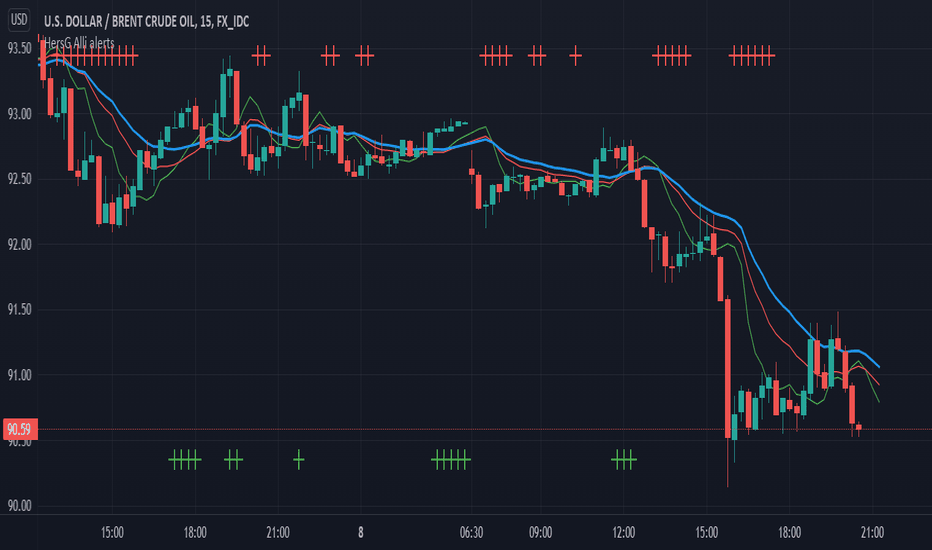In the dynamic world of stock trading, mastering technical analysis is akin to wielding a powerful tool that can unlock the secrets of market trends, identify strategic entry and exit points, and empower traders to make well-informed decisions. While a basic understanding of technical analysis lays a solid foundation, delving into advanced techniques becomes paramount for traders seeking a competitive edge in the complex stock market landscape.
Foundation of Technical Analysis
Before embarking on the journey of advanced techniques, it is crucial to revisit the foundational concepts of technical analysis. Support and resistance, the pillars of price dynamics, designate zones where buying and selling pressures converge, often indicating potential reversal points.
Understanding trends and trendlines provides insights into the overarching direction of a stock’s price movement, while moving averages offer a smoothed representation of price data, aiding in trend identification.
Advanced Chart Patterns
Double tops and bottoms, prominent reversal patterns, manifest as two consecutive peaks or troughs, signifying a potential trend reversal. Traders proficient in identifying these patterns can employ strategic trading approaches, capitalising on lucrative opportunities during pivotal market shifts.
Head and Shoulders
The head-and-shoulders pattern, a classical reversal formation, comprises three peaks—two shoulders flanking a higher central head. Traders leverage this pattern to anticipate trend reversals, allowing them to adjust their positions accordingly and stay ahead of market shifts.
Flags and Pennants
Flags and pennants, continuation patterns following robust price movements, indicate brief consolidation before the prevailing trend resumes. Recognising these patterns equips traders with the ability to exploit short-term price movements effectively.
Complex Patterns and Formations
The cup and handle pattern, a bullish continuation formation, unfolds with a rounded bottom (the cup) followed by a smaller consolidation (the handle). Traders keen on this pattern interpret it as a signal of upward momentum and an opportune time for potential buying.
Triangles, manifested as symmetrical, ascending, or descending patterns, denote tightening price ranges and foreshadow imminent breakout or breakdown movements. Traders adept in understanding triangle patterns can anticipate and adjust strategies for heightened price volatility.
Mastering Technical Indicators
Overview of Common Indicators
Technical indicators such as the Moving Average Convergence Divergence (MACD), Relative Strength Index (RSI), and Stochastic Oscillator offer valuable insights into market trends and momentum. A nuanced understanding of these indicators and their incorporation into analysis can significantly enhance a trader’s accuracy and confidence.
Advanced Indicator Strategies
Moving beyond basic interpretation, traders can explore advanced strategies like divergence analysis and the overlay of multiple indicators for confirmation. Divergence analysis involves comparing price movements with indicator readings, providing a nuanced perspective for identifying potential trend reversals or continuations.
Integrating Patterns and Indicators
Achieving synergy between chart patterns and indicators is a hallmark of advanced technical analysis. By amalgamating insights from both sources, traders can validate signals and make more informed and confident trading decisions.
Building a Comprehensive Trading Strategy
A comprehensive trading strategy involves setting clear entry and exit points, managing risk-reward ratios, and adapting to evolving market conditions. The integration of chart patterns and indicators into a coherent trading plan not only improves consistency but also enhances profitability.
Technology and Tools for Advanced Analysis
Advancements in trading technology have democratised access to advanced analysis tools and platforms, empowering traders with sophisticated resources. From algorithmic trading to customisable technical analysis tools, traders have an array of options to streamline their analysis processes and execute trades with increased efficiency.
Risk Management and Psychology in Trading
Effective risk management and maintaining emotional discipline are pivotal for successful trading. Implementing proper position sizing, allocating capital wisely, and learning from mistakes are critical components of a robust risk management strategy that safeguards traders from significant losses and fosters long-term success.
Future Trends in Technical Analysis
As technology evolves, the landscape of technical analysis undergoes continuous transformation. The integration of artificial intelligence, adaptive strategies tailored for dynamic markets, and innovative tools present exciting prospects for traders. Staying abreast of these emerging trends is imperative for those aiming to remain competitive in the ever-evolving stock trading landscape.
Conclusion
In conclusion, mastering advanced technical analysis techniques is a journey that demands dedication, practice, and a commitment to continuous learning. By comprehending chart patterns, harnessing the power of technical indicators, and integrating insights from both, traders can gain a competitive edge in the stock market.
For those considering venturing into the Hong Kong stock market, partnering with a reputable Hong Kong stock broker is not just advisable but imperative for navigating the complexities of this dynamic financial landscape. As traders embrace advanced techniques, they equip themselves to navigate the intricacies of the stock market with heightened skill and confidence.
